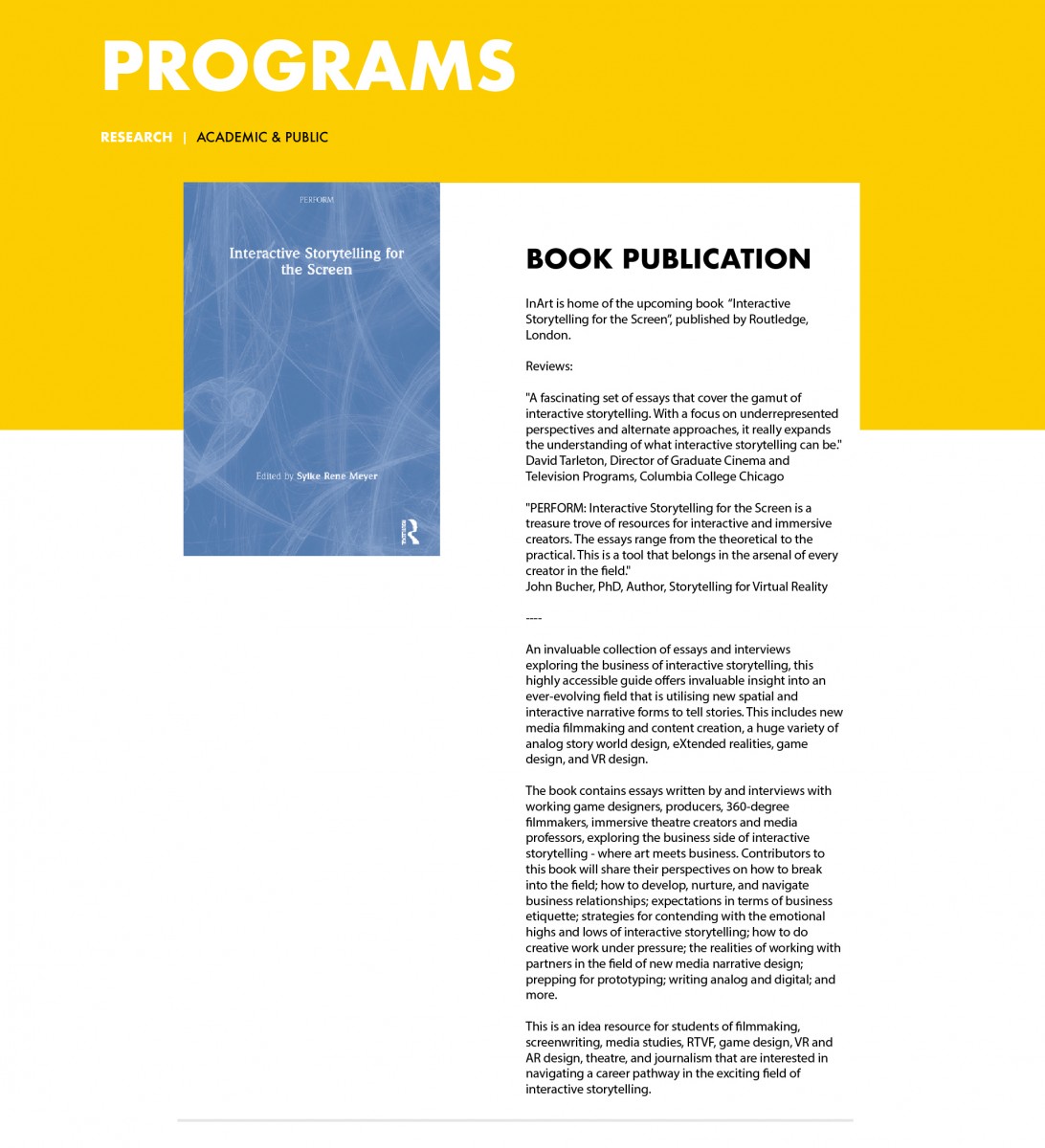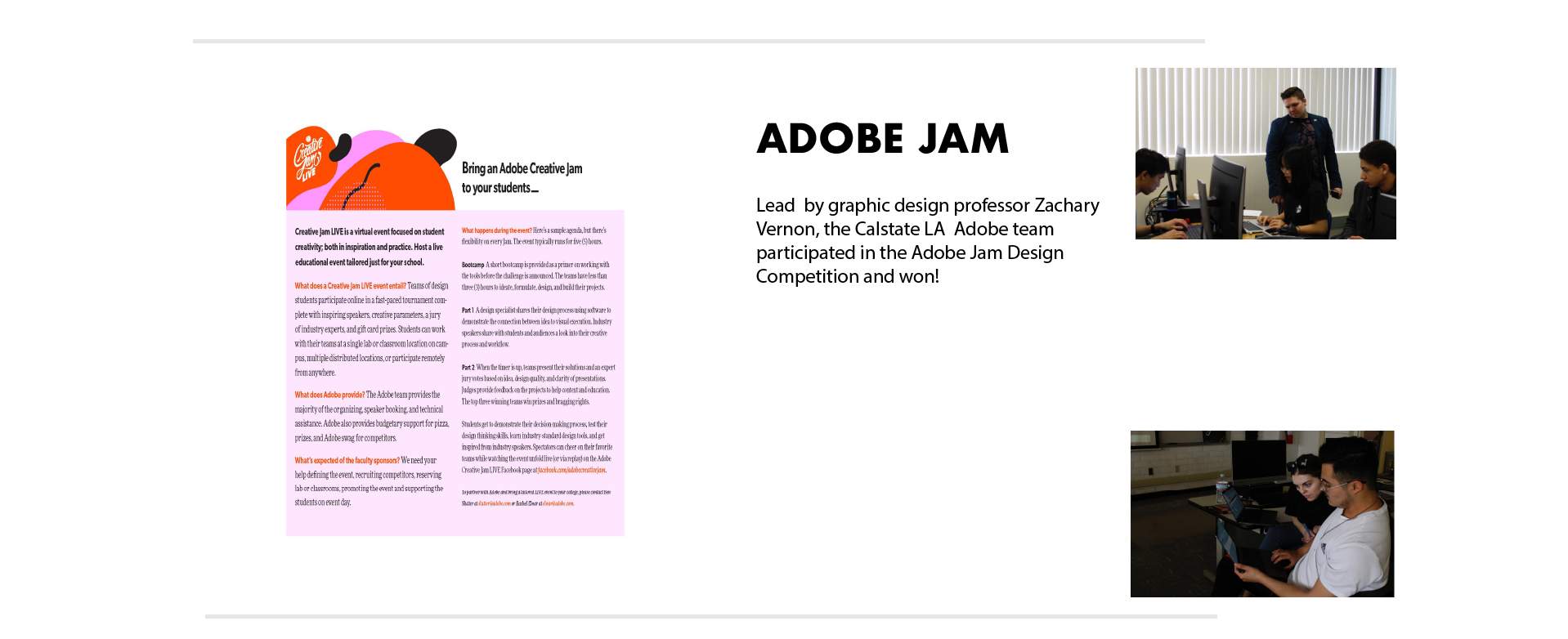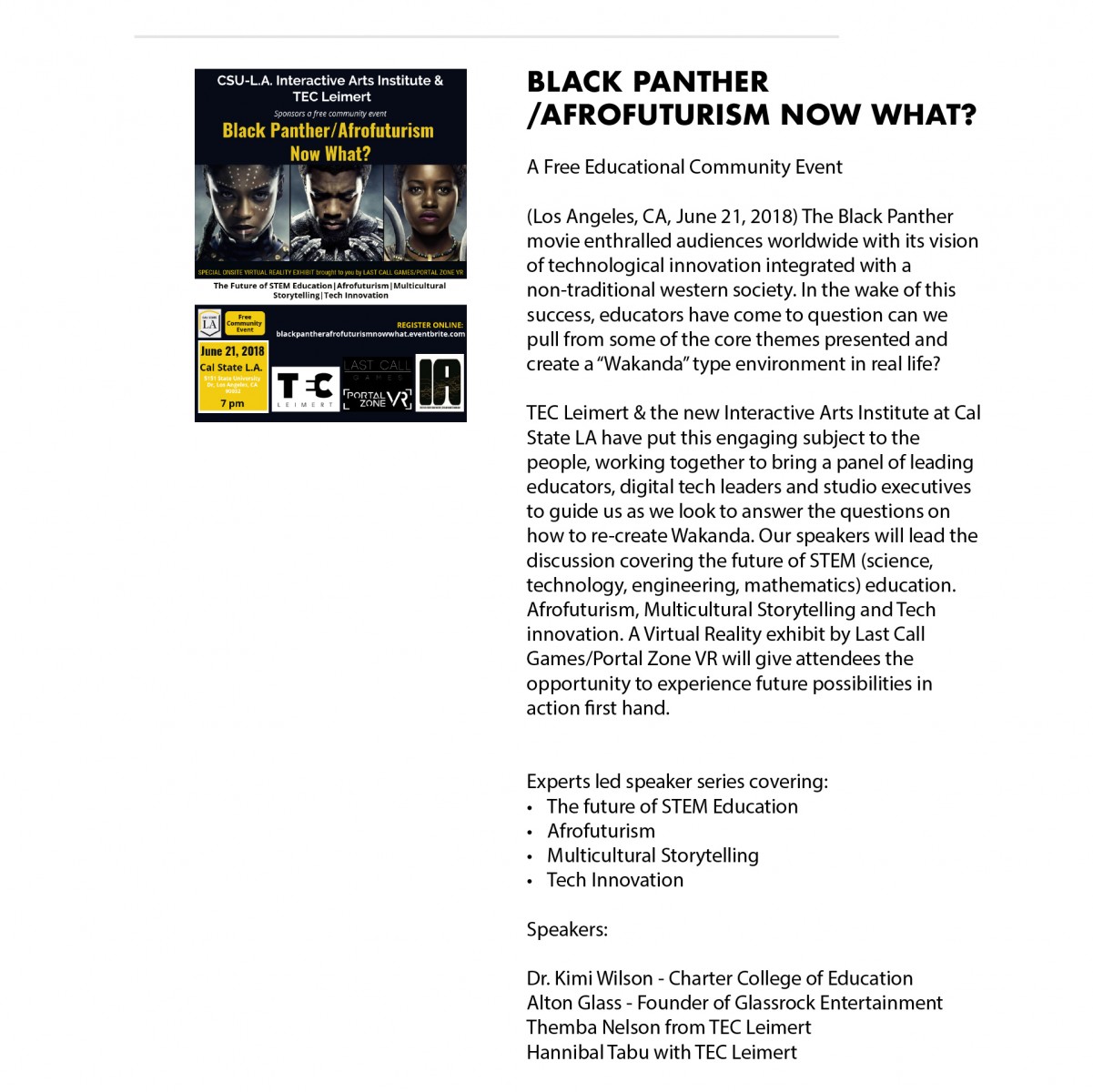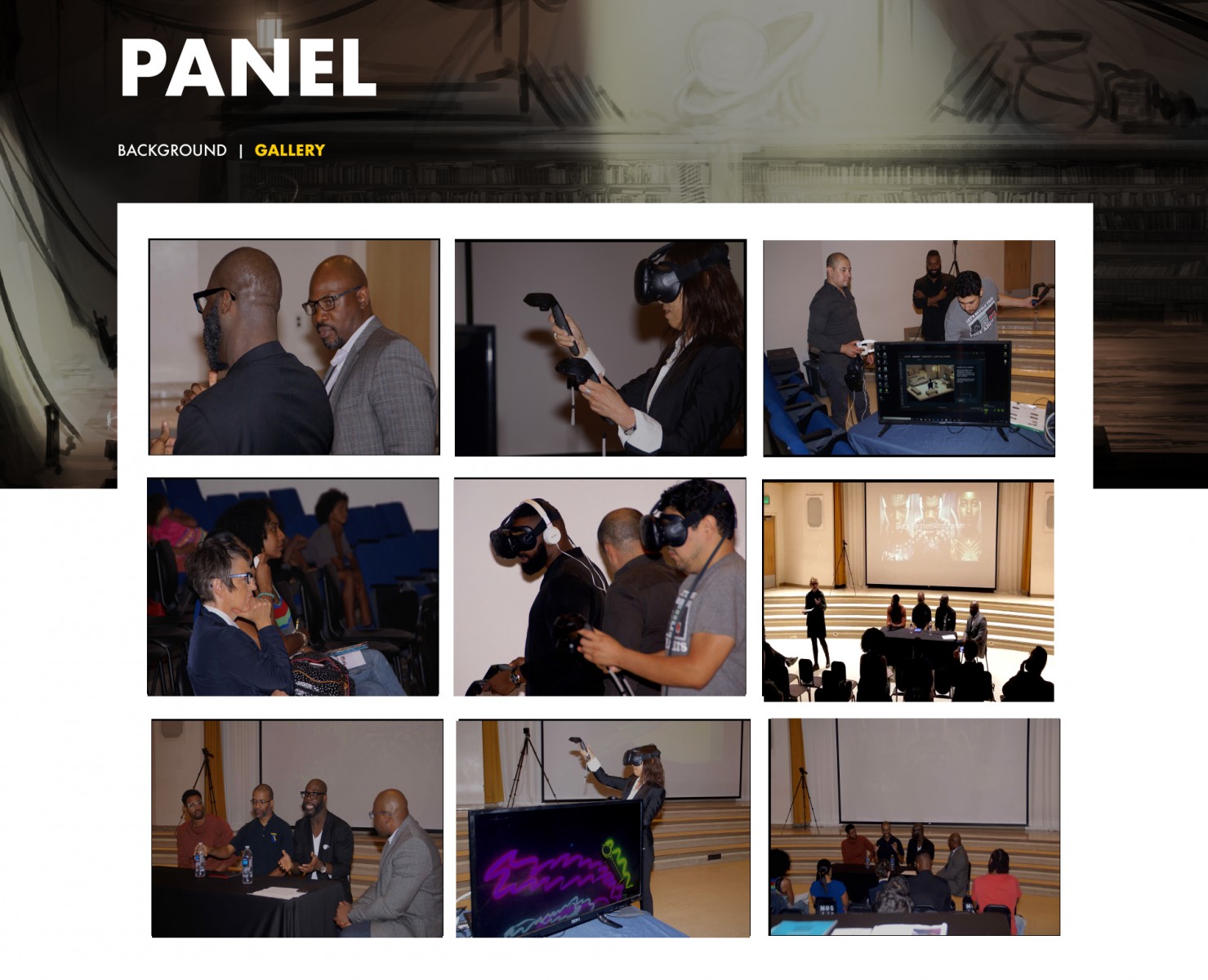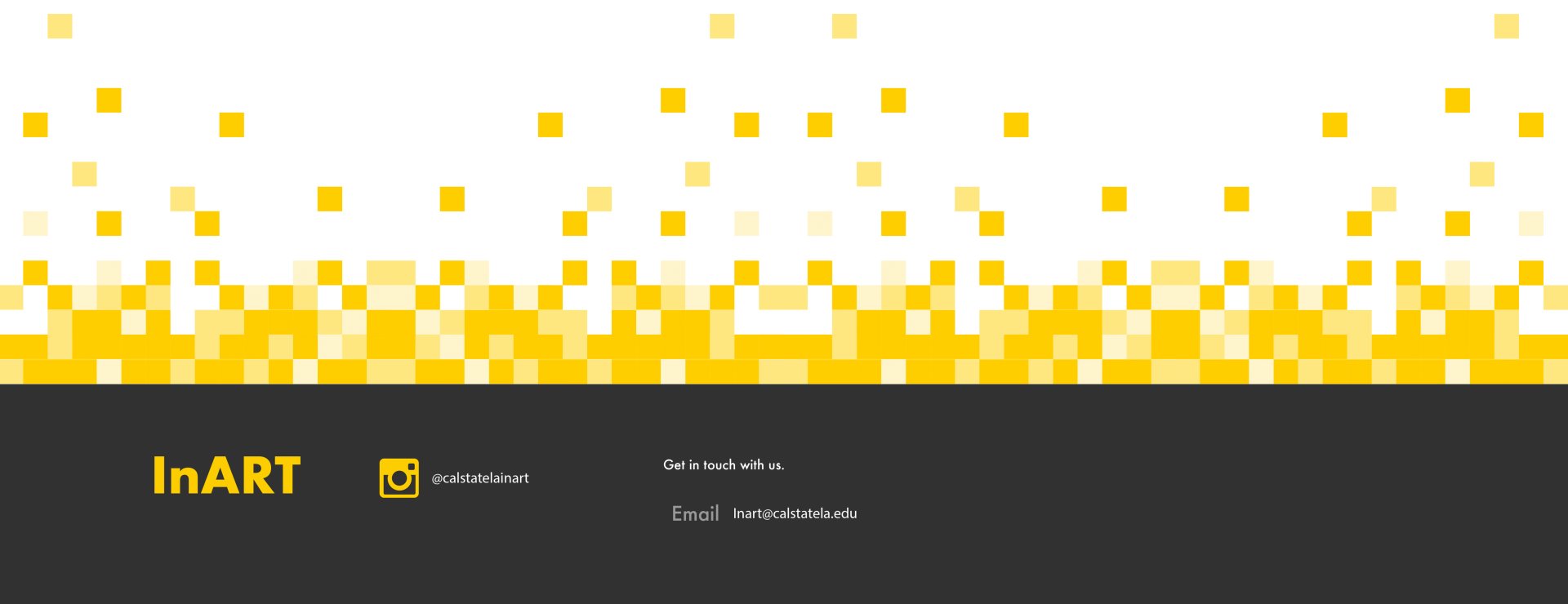![]()
Artistic Research and Critical Making
One of InArt’s core mission concerns the process of making and its relationship to thinking. In this context, design thinking can be perceived as a thought process, informed by the relationship between problem and solution as a starting point. Within these parameters, how could humanities not only play a participatory but a formative role, to amalgamate with the design process, and by doing so to form a design process in the expanded field? How can digital narrative expanding knowledge of educational resources, by introducing students to the work of digital design and by building a model that could be repeated across other populations? While we are still at the beginning of these important technological shifts, it is vital that we consider how these tools can be deployed to understand, preserve and express human culture and diversity. To this end, we identified three focus points to explore and investigate: content making, design process, and digital literacy.
Human-Machine Interaction Interactive storytelling, gaming, and a whole host of methodologies to enhance learning and increase human-machine interaction can benefit greatly from cyber-physical systems in the form of wearable platforms that can be used for augmented reality. Obvious examples include gloves and headsets, but in general wearable units can be used throughout the human body to create artificial sensations from grabbing objects to feeling texture or heat and many other sensations fundamental to our perception of reality. Such augmented reality systems have enormous applications from interactive gaming and storytelling to teaching students about a whole host of topics such as structure and properties of molecules and electromagnetic waves and other phenomena for which humans simply do not have the necessary sensory organ.
Empowered by Artificial Intelligence (AI), such systems can indeed lead to a whole new paradigm to enhance human creativity and enable a host of new applications and experiences that were once considered science fiction. Properly harnessed, the power of such technologies in learning and just about every scientific endeavor can be enormous. Wearable units interacting with massive computing servers wirelessly are extremely prone to malicious interference and hacking, thus necessitating careful consideration and system level design of cybersecurity protocols. In an extended reality world, the human element can interact with all manners of objects whether animate or inanimate made possible through Internet of Things technologies. The integration of the human element in the IoT enabled world provides us with the ability to literally feel the state of inanimate objects that fill our environment.
Critical Content Making In recent years, a unique space for digital games as critical inquiry has emerged influenced by the foundational theories of Johann Huizinga, Brian Sutton Smith and others. These philosophers marked games as nothing less than a world apart from the real and a pre-defined field where social and cultural assumptions are flouted, transgressed and questioned. Sympathetic academics and associated game makers likewise have capitalized on the ability of games to tackle difficult subject matter and to challenge cultural and social problems. Games and new media also offer a privileged space to understand the role and function of technology in our everyday lives with the unceasing expansion of digitalization. To unpack this relationship and its blind spots, we will create a space where the relationship of technology and social life will be defamiliarized and made suspect through critical inquiry.
Critical Design Practice As a default, game and new media production follows an iterative model of build / break / re-build model until stability is reached. Yet it is simply not enough to make challenging content; we must consider the very processes of digital production, considering how they might be exacerbating both explicit and implicit ideologies. Important work has already commenced by thinkers like Mary Flanagan who proposes, in her book “Critical Play,” a revised design process that implements an iterative value assessment throughout the design process in which humanities plays not simply a participatory but a formative role. British professor in Political Aesthetics Esther Leslie takes a different angle. In her book “Synthetic Worlds,” she considers the astonishing affinities between chemistry and aesthetics and allows the reader to ponder the interdependencies of material, science, and aesthetics, and consequently revisit the process of making through the analysis of its fabric. Our contention, following Flanagan, Leslie, and others, is to insert re-think, self-critique, and materiality into the product-driven system of design thinking.
Digital Literacy New projects in the digital humanities demand a sympathetic advancement of digital literacy, which has been complicated by technical capacity and access. In 1999, futurologist Neal Stephenson presciently warned in an essay entitled “In the Beginning There Was the Command Line,” that as computers and digital devices push farther into our lives, these devices, at the same time, have pushed users away from their root code and increasingly only give easy access to the visual end output. Flashing forward twenty years reveals Stephenson’s anxieties animated in a digital ecosystem clearly dominated by read-only devices like tablets and smartphones that hide their millions of lines of code and consequent operations from everyone except the expert users or makers. It is the intention of our institute to re-interject the ability to speak back to our technological infrastructure and return digital culture to its beginnings as both a read and a write culture.
